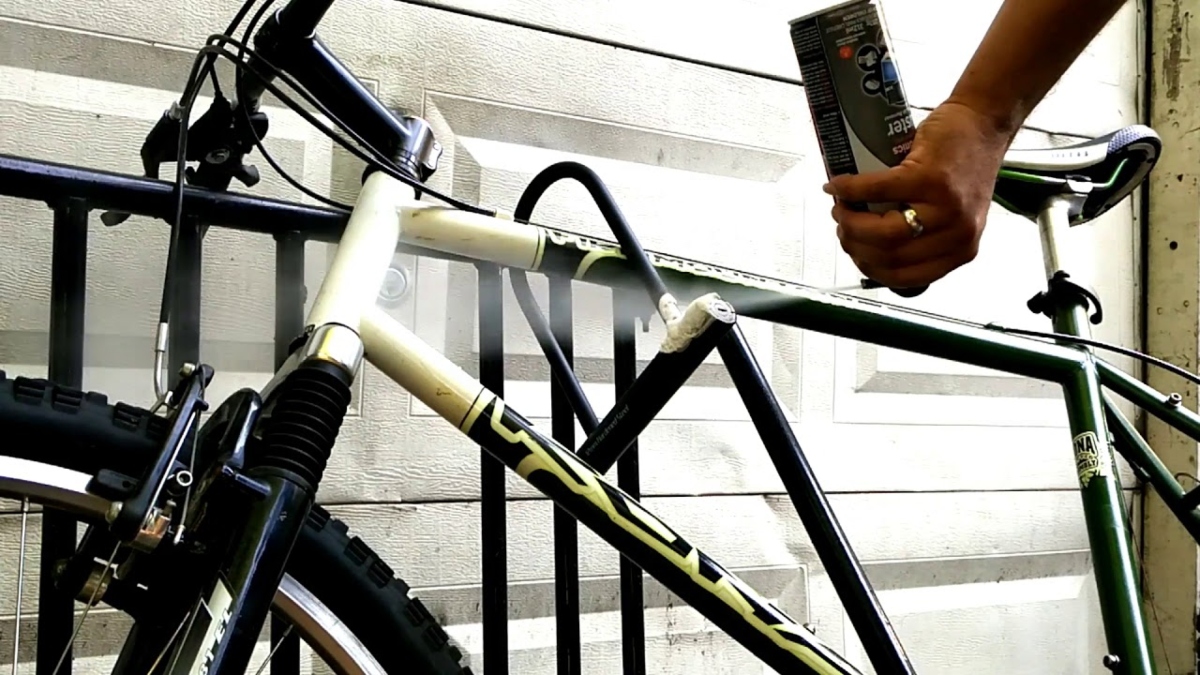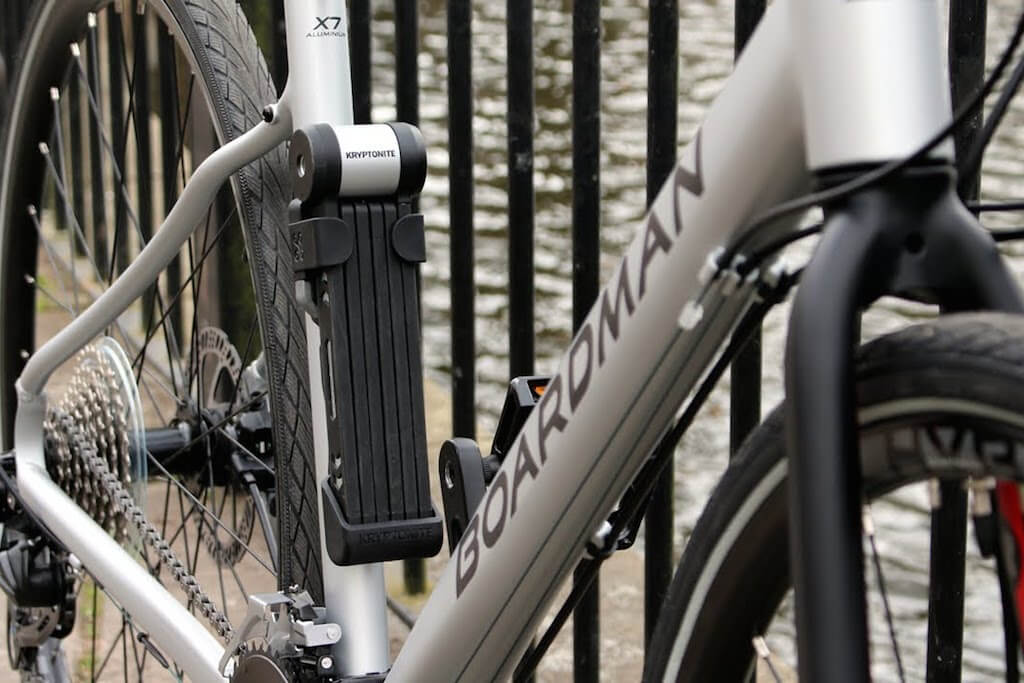U locks, renowned for their strength and durability, are the go-to choice for cyclists seeking to protect their bikes from theft. However, understanding their vulnerabilities is super important for both improving lock designs and for owners to be aware of potential theft methods. This detailed guide explores various techniques to break a U lock, emphasizing the necessary tools and skills. Remember, this information is for educational purposes only, aiming to enhance bicycle security awareness.
How to Break a U Lock – A Comprehensive Guide
Understanding the Fortitude of U Locks
U locks have gained popularity due to their robust construction, offering more resistance against theft compared to other types. Despite their strength, certain methods can compromise these locks. It’s super important for cyclists to recognize these methods to take proactive measures against theft. We delve into the structure of U locks, discussing why they are favored yet not entirely impregnable.
Types of U Locks – Standard vs Folding: U locks come primarily in two forms: the standard U lock and the folding U lock. Each has its unique design elements, influencing their security level. Standard U locks feature a sturdy U-shaped shackle and a locking mechanism, renowned for their resilience. On the other hand, folding U locks offer convenience and portability but often compromise on security. This section compares these two types, helping you choose the best lock for your bicycle.
The Tools of the Trade: Breaking a U Lock: Breaking a U lock isn’t a straightforward task and requires specific tools. This section covers the three main tools used in compromising U locks: bolt cutters, angle grinders, and liquid nitrogen. Each tool has its application method, effectiveness, and associated risks. We provide insights into how these tools interact with U locks, highlighting their vulnerabilities.
A Test of Strength: Bolt cutters are a common tool for attempting to break U locks. Their effectiveness largely depends on the cutter’s size and the shackle’s thickness. We explore how bolt cutters can be used, the required specifications for them to be effective, and the limitations they face when up against high-quality U locks.
Speed vs. Safety: Angle grinders offer a quick way to cut through a U lock but come with significant safety concerns. This section discusses the correct usage of angle grinders, the precautions needed, and why professionals should only handle them. We also delve into the potential risks to the bike and the user during the process.
Liquid Nitrogen – A Frigid Approach: A less common but intriguing method involves using liquid nitrogen. By drastically lowering the temperature of the lock, liquid nitrogen can make the metal brittle. This section explains the science behind this method, the careful handling it requires, and why it’s not a feasible option for the average person.
Tools and Knowledge Required: To break a U lock, specific tools and a certain level of expertise are required. This section provides a comprehensive overview of the tools mentioned earlier and the knowledge needed to use them effectively. We stress the importance of professional handling and the legal implications of using these tools inappropriately.
Legal and Ethical Considerations in Lock Breaking: Understanding how to break a U lock also demands awareness of the legal and ethical implications. This section emphasizes that the methods discussed are solely for educational purposes. We also explore the legal consequences of using these methods for illicit purposes, underlining the importance of responsible knowledge application.
Fortifying Your Bicycle’s Security: While it’s super important to know how U locks can be compromised, it’s equally important to learn how to enhance your bike’s security. In this section, we offer practical tips on securing your bicycle, ranging from selecting the right type of U lock to employing additional security measures like GPS trackers and strategic locking techniques.
The Role of Environment in Bicycle Security: The environment where you lock your bike plays a significant role in its safety. Here, we discuss the importance of choosing well-lit, high-traffic areas for parking your bicycle. We also talk about the benefits of using public bike racks and the added security they provide.
Advanced Locking Techniques: Simply using a U lock might not be enough; how you lock your bike also matters. This section introduces advanced locking techniques that maximize the security provided by U locks. We explain how to position the lock, the best parts of the bike to secure, and how to use additional locks for enhanced protection.
Beyond Locks: Comprehensive Bike Safety: Bike safety extends beyond locks. In this part, we discuss additional measures like registering your bike with local authorities, using bike alarms, and the importance of insurance. These complementary strategies provide an extra layer of security and peace of mind for cyclists.
The Future of Bicycle Security: Looking ahead, we explore upcoming innovations in bicycle security. This section highlights new lock technologies, smart locks, and community-based initiatives aimed at reducing bike theft. We discuss how these advancements are shaping the future of bike security.
Conclusion
Understanding how to break a U lock provides valuable insights into enhancing bicycle security. While U locks are among the best options for securing bikes, they are not foolproof. By being aware of their vulnerabilities and taking proactive measures, cyclists can significantly reduce the risk of theft. We encourage readers to use this information responsibly and to prioritize the safety and security of their bikes. For more tips and bike accessories, visit our homepage at Refried Cycles.









